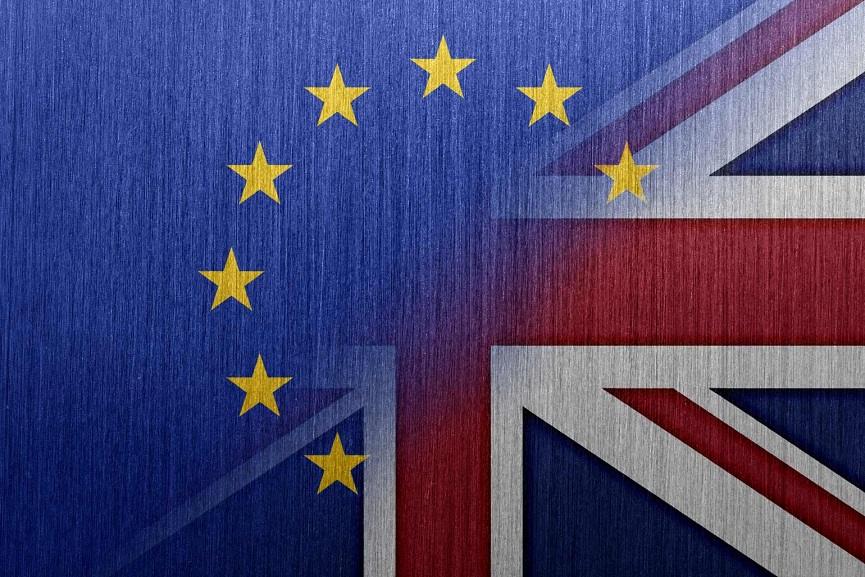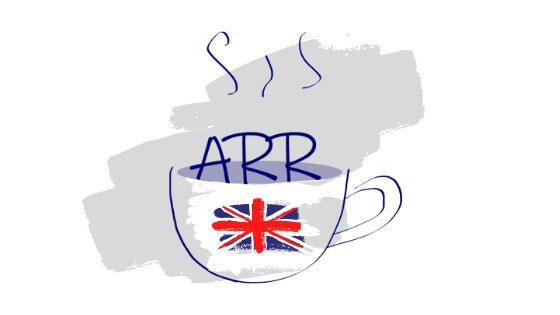The United Kingdom (UK) government ensures that artists and their heirs will continue to enjoy the Artists Resale Right (ARR) after the UK has left the European Union. The Artist Resale Rights have been generating substantial income for thousands of artists and their estates in the UK for almost 14 years. A government-published Regulation, as amended, ensures that artists and their heirs will continue to receive royalties after the UK has left the European Union.
The law, promulgated by the government, protects artist resale rights for thousands of new British artists and their households who rely on royalties.
Are there any changes?
The changes are minimal. Indeed, the UK threshold remains at € 1,000, the works covered, the definitions, and the way in which the artist resale arts are calculated looks the same as in the 2006 regulation.

The only change is that all references to “EEA” have been changed to “UK”. However, changes in language do not affect the Artists Resale Rights. Pursuant to Article 14ter of the Berne Convention, UK citizens, and nationals of countries that recognize the resale rights of UK citizens will continue to receive resale rights in the UK after we have left the EU. This opinion was confirmed by the UK Intellectual Property Office (IPO).
Accordingly, under the law, UK-based art market professionals will continue to be responsible for collecting ARR from all eligible secondary sales of works by UK and EEA nationals. This means that the practical aspects of artist resale rights, such as the eligibility for artists to participate, types of work, and the € 1,000 threshold, remain the same.
Within the framework of copyright (while alive or for 70 years after death), UK and EEA citizenship are eligible to receive a royalty every time their work is sold in the secondary market above the artist resale art threshold.
Qualified artists will continue to receive a percentage of the sale price of the original artwork if their work is sold on the secondary market in the EEA, sold through an art market professional agency (e.g. auction, art gallery, dealer), the selling price reaches or exceeds the £ 1,000 equivalent (this only applies to sales in the UK, as this amount varies throughout the EEA).
Artists Resale Rights continues to apply to all subsequent sales following the first transfer of ownership by the creator.
The first transfer of ownership may take the form of a sale, donation, bequest, or, in the event of bankruptcy, alienation by a personal representative or proxy.
Artist Resale Rights continues to apply to all original images, collages, lithographs, sculptures, paintings, drawings, tapestries, ceramics, prints, prints, glassware, and photographs. Artist resale right was introduced into UK law on 14 February 2006 pursuant to EU Directive 2001/84 and is protected by Article 14ter of the Berne Convention and the UK Intellectual Property (Copyright and Related Rights) (Amendment) (Withdrawal from EU) Regulation 2019 under the terms of reference European Union Law (Withdrawal) 2018.
Forms of ARR law have existed in parts of Europe since the early twentieth century. Its origins go back to the experience of the family of the French artist Jean-François Millet (1814–1875), who lived in poverty after his death and his work was sold for huge sums. This prompted French lawmakers to pass the first Artist Resale Right Law.

























